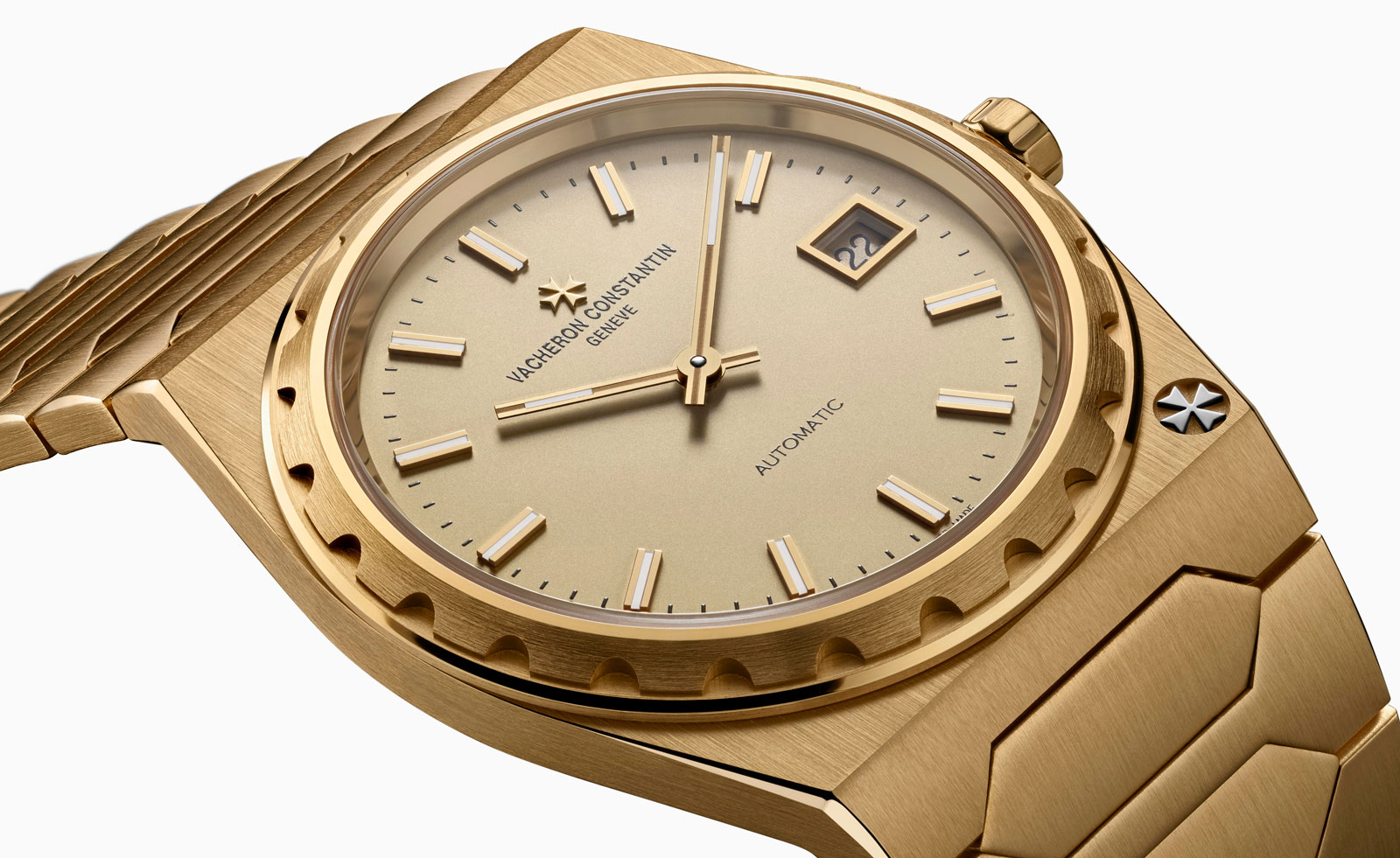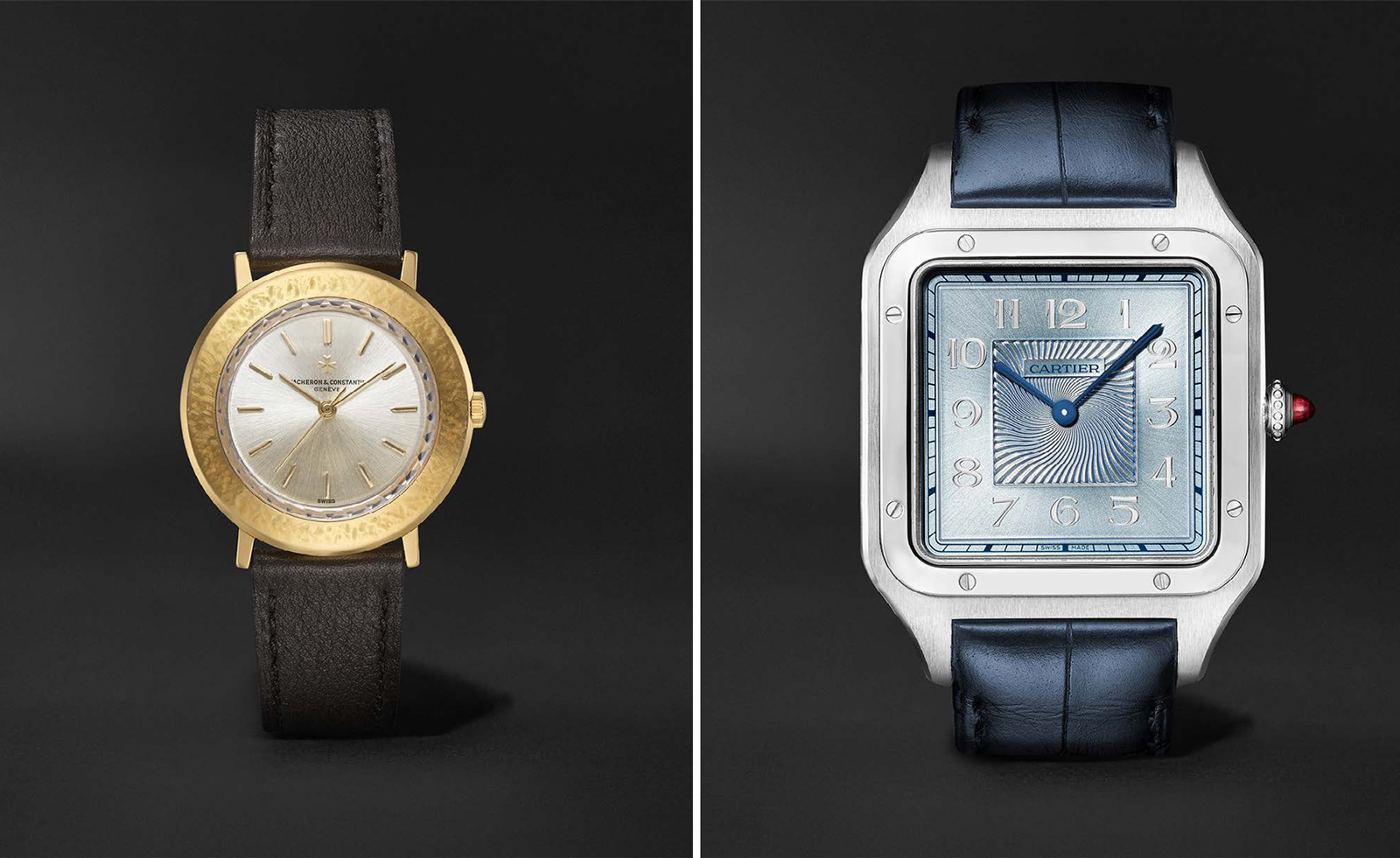Ellipse gloss: Patek Philippe updates an era-defining dress watch

The unique nature of Swiss watch design – strongly defined by technical and decorative handcraft – has always allowed maverick ideas to flourish and endure, even against the backdrop of growing mass production in the horological industry during the 1950s and 1960s.
The Patek Philippe Golden Ellipse, launched in 1968, embodies a collision of eras. The original dial of blue-gold, a specially created alloy, looked back to goldsmith techniques of the 1950s: the slim case, hands and indices emit 1960s suave, yet the piece's substantial, lozenge-like form hints at early 1970s futurism. Three decades of iterations have rendered the design a true classic; Patek even launched accessories, including Golden Ellipse lighters, pendants and cufflinks.
Debate abounds as to the Golden Ellipse's origins – one idea is that its shape was inspired by an aerial view of a US highway junction, while its form points to a golden ratio philosophy. This latter theory has merit; the women's versions are as handsomely proportioned as the men's, their form undiminished on a smaller wrist.
In its 50th year, the Golden Ellipse serves as a classic dress watch and symbol of taste. The 2018 update, the 573R-001, a jumbo – grande taille – edition with a 34mm x 39.5mm rose-gold case, survey black-dial and typically superfine rose-gold hands and indices, pays homage to its legacy. It is accompanied by a special-edition set of cufflinks for the true horology connoisseur. §
As originally featured in the October 2018 issue of Wallpaper* (W*235)
INFORMATION
For more information, visit the Patek Philippe website
Wallpaper* Newsletter
Receive our daily digest of inspiration, escapism and design stories from around the world direct to your inbox.
Caragh McKay is a contributing editor at Wallpaper* and was watches & jewellery director at the magazine between 2011 and 2019. Caragh’s current remit is cross-cultural and her recent stories include the curious tale of how Muhammad Ali met his poetic match in Robert Burns and how a Martin Scorsese Martin film revived a forgotten Osage art.
-
 All-In is the Paris-based label making full-force fashion for main character dressing
All-In is the Paris-based label making full-force fashion for main character dressingPart of our monthly Uprising series, Wallpaper* meets Benjamin Barron and Bror August Vestbø of All-In, the LVMH Prize-nominated label which bases its collections on a riotous cast of characters – real and imagined
By Orla Brennan
-
 Maserati joins forces with Giorgetti for a turbo-charged relationship
Maserati joins forces with Giorgetti for a turbo-charged relationshipAnnouncing their marriage during Milan Design Week, the brands unveiled a collection, a car and a long term commitment
By Hugo Macdonald
-
 Through an innovative new training program, Poltrona Frau aims to safeguard Italian craft
Through an innovative new training program, Poltrona Frau aims to safeguard Italian craftThe heritage furniture manufacturer is training a new generation of leather artisans
By Cristina Kiran Piotti
-
 Vacheron Constantin unveils the Historiques 222 to mark 45 years since the model’s launch
Vacheron Constantin unveils the Historiques 222 to mark 45 years since the model’s launchVacheron Constantin restates its place in the pantheon of ‘sports chic’ watches
By Bill Prince
-
 This Timex retro quartz watch is straight from the 1970s
This Timex retro quartz watch is straight from the 1970sThe Q Timex 1972 Reissue watch stays faithful to the design codes of the original
By Hannah Silver
-
 Classic meets cool in Nomos Glashütte’s platinum grey watch design
Classic meets cool in Nomos Glashütte’s platinum grey watch designTwo new Tangente Neomatik watches draw on Nomos Glashütte’s clean German design codes
By Hannah Silver
-
 Girard-Perregaux goes back to the future with rethought Casquette watch
Girard-Perregaux goes back to the future with rethought Casquette watchGirard-Perregaux pays tribute to its original 1970s watch with the new and updated Casquette 2.0
By Hannah Silver
-
 G-Shock marks 40 years of youth culture with limited-edition watch
G-Shock marks 40 years of youth culture with limited-edition watchG-Shock and the Museum of Youth Culture look to the archives for the new GW-M5610MOYC-1ER watch
By Hannah Silver
-
 Ten watch brands mark Mr Porter’s anniversary with special editions
Ten watch brands mark Mr Porter’s anniversary with special editionsTen watch brands, including Cartier, Jaeger-LeCoultre, Vacheron Constantin and Bell & Ross, are celebrating Mr Porter’s tenth anniversary in style
By Hannah Silver
-
 Atelier Oï’s Louis Erard watch is inspired by a minimalist sundial
Atelier Oï’s Louis Erard watch is inspired by a minimalist sundialAtelier Oï has rethought the Louis Erard Le Régulateur watch with a minimalist dial, engraved as if with rays of light
By Hannah Silver
-
 Nomos Autobahn watch is rethought by designer Werner Aisslinger
Nomos Autobahn watch is rethought by designer Werner AisslingerThree new models make up the Nomos Autobahn Director’s Cut Limited Edition watch series, in motoring-inspired hues
By Hannah Silver